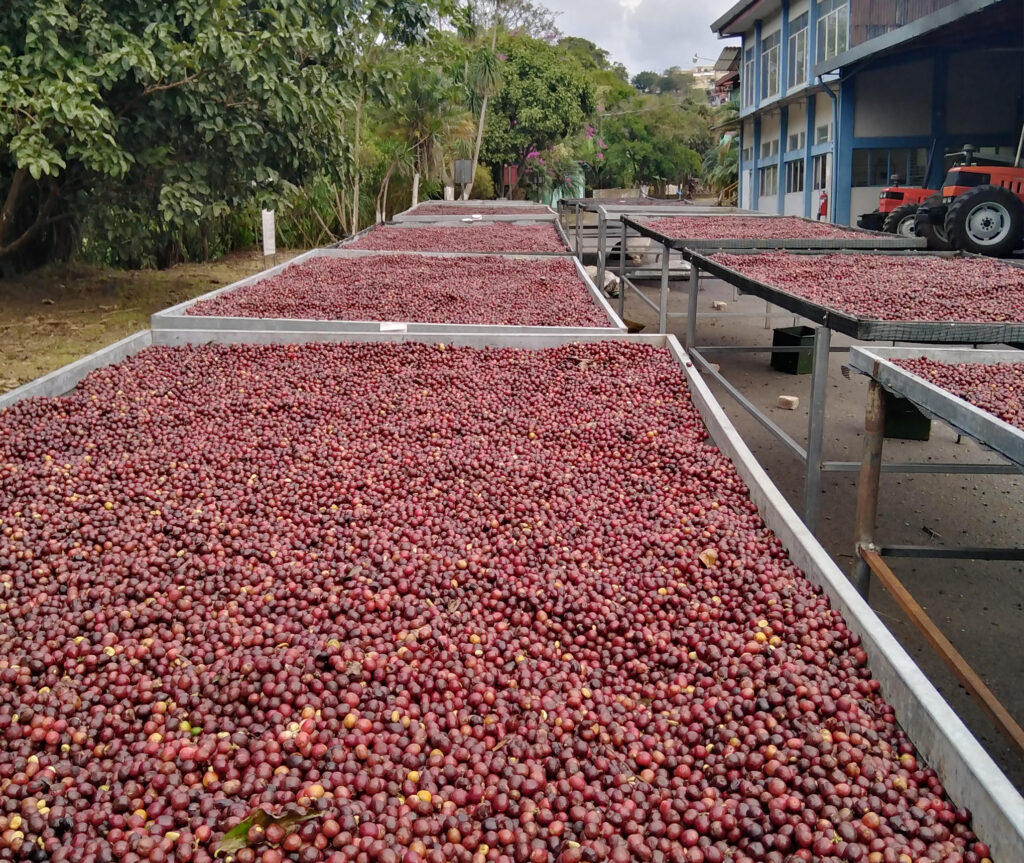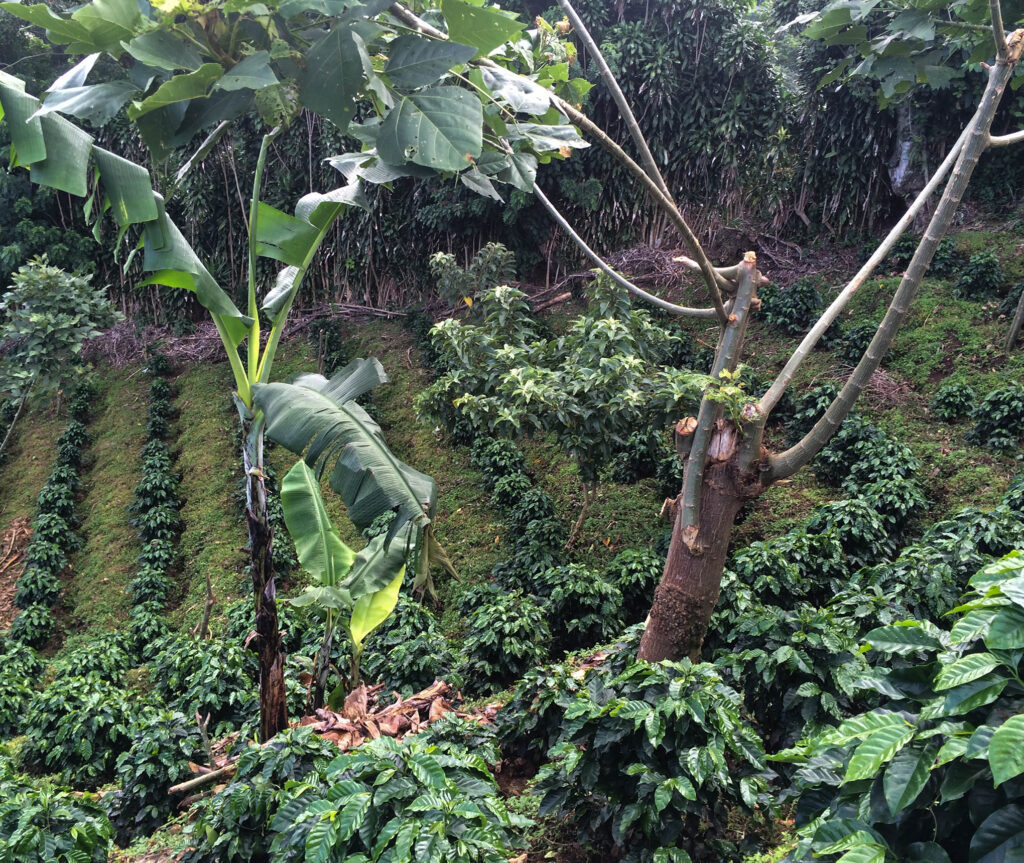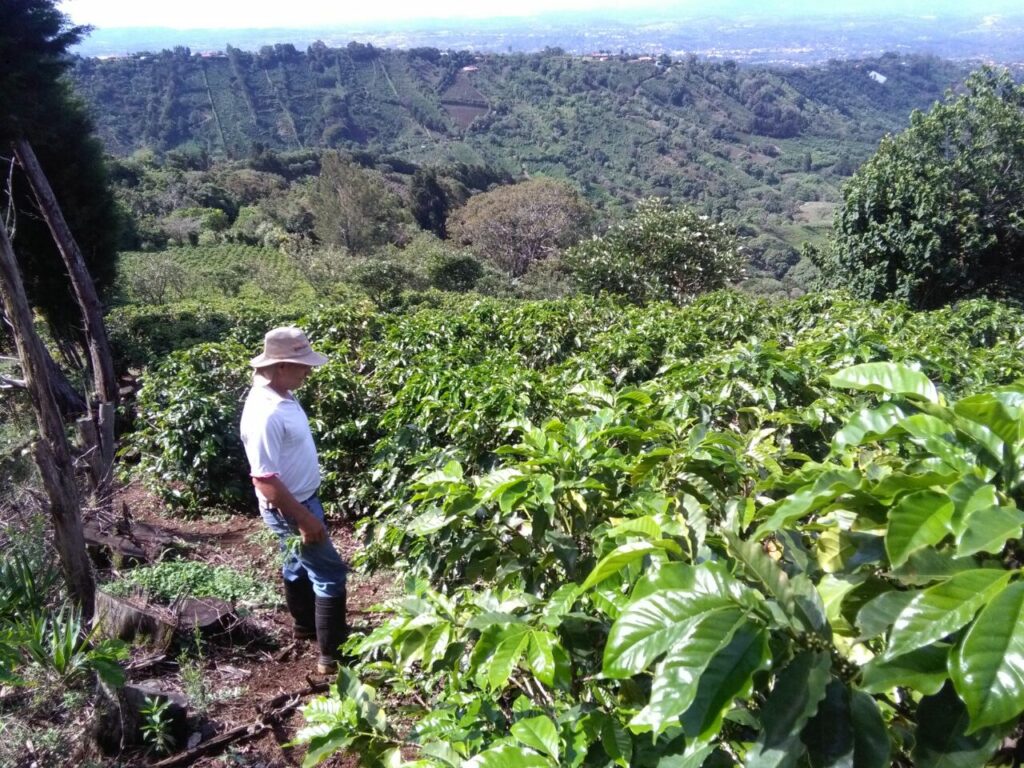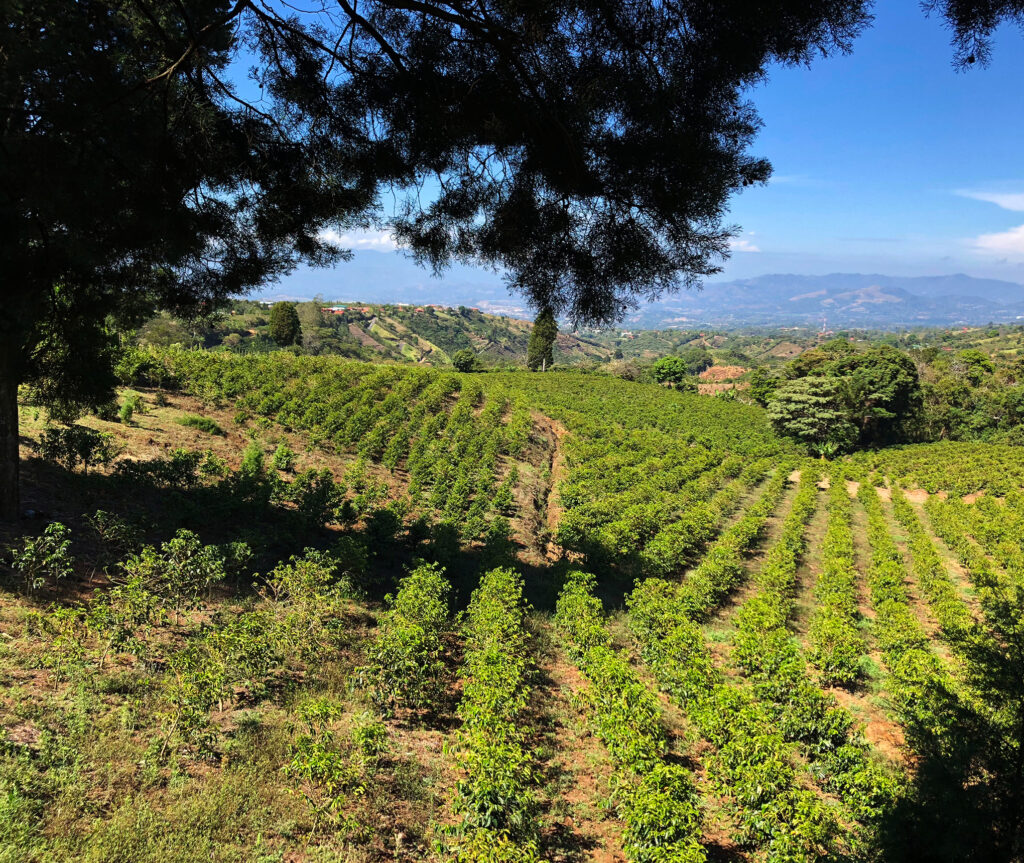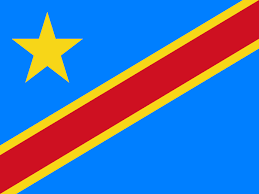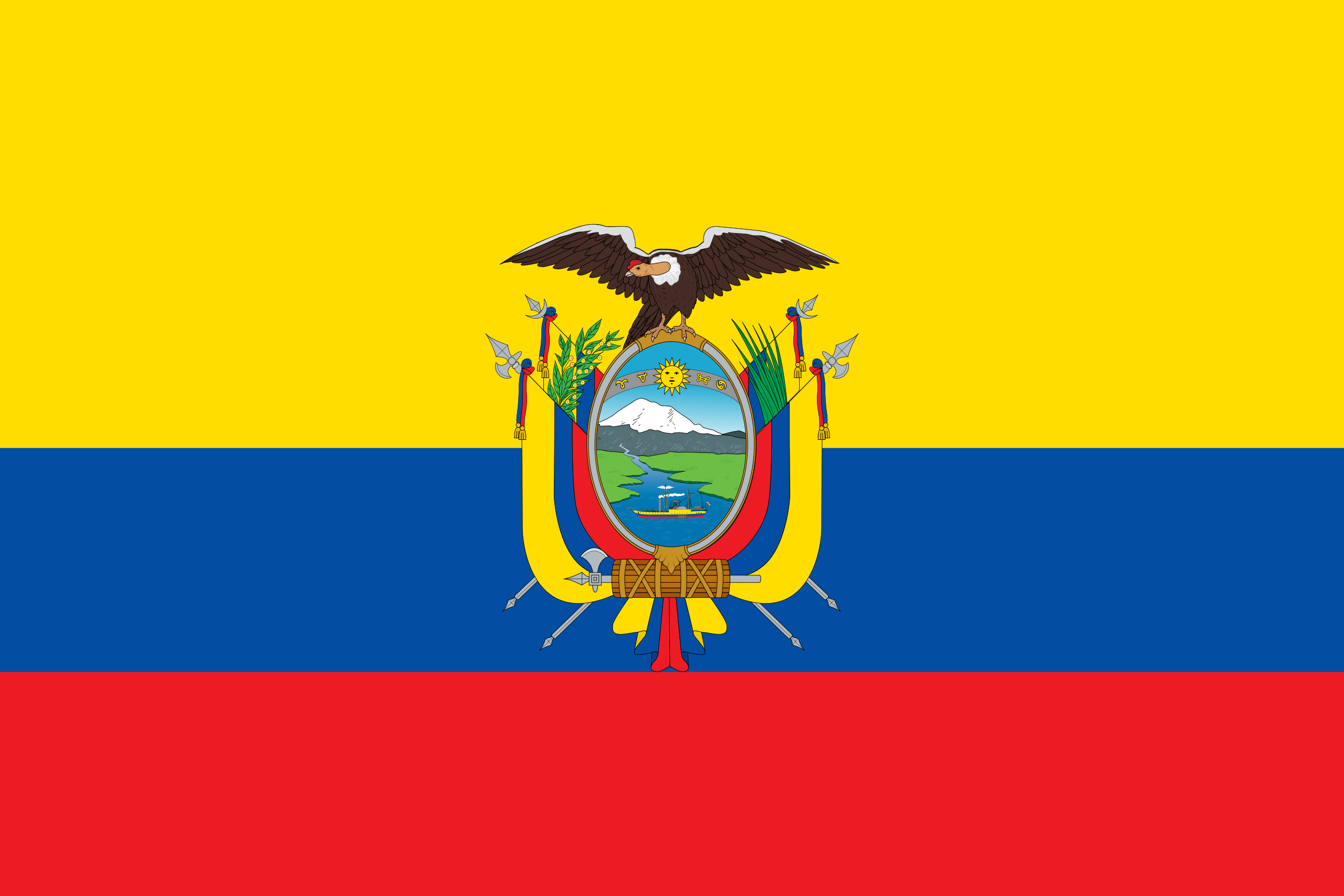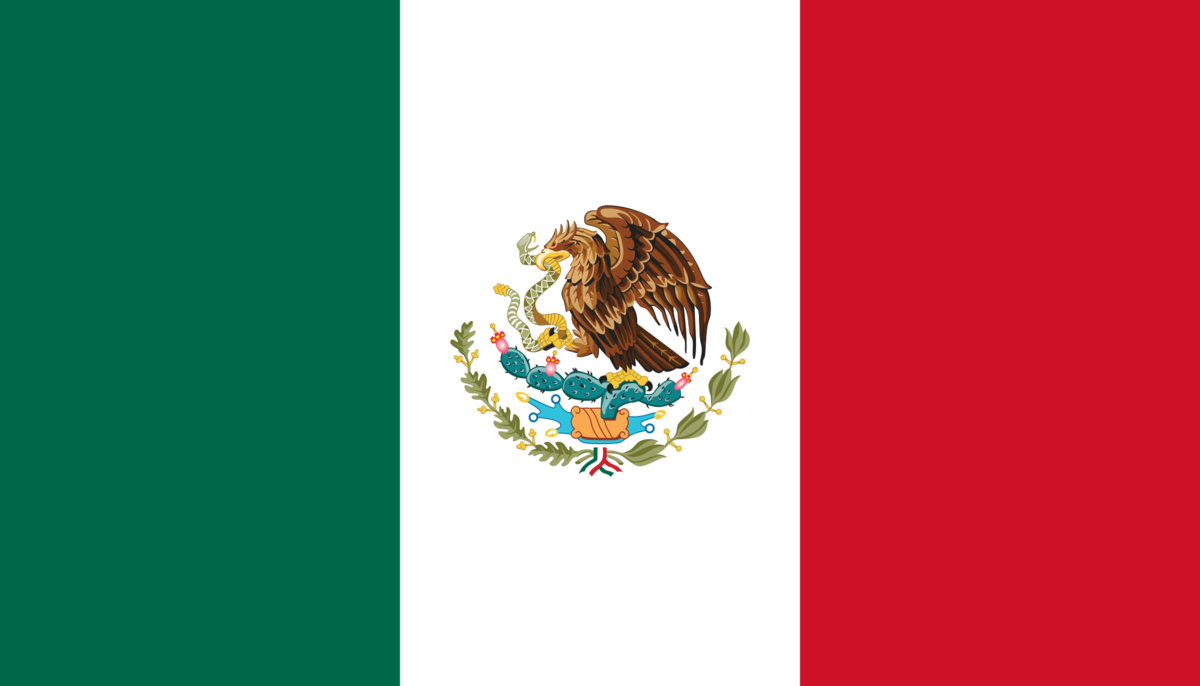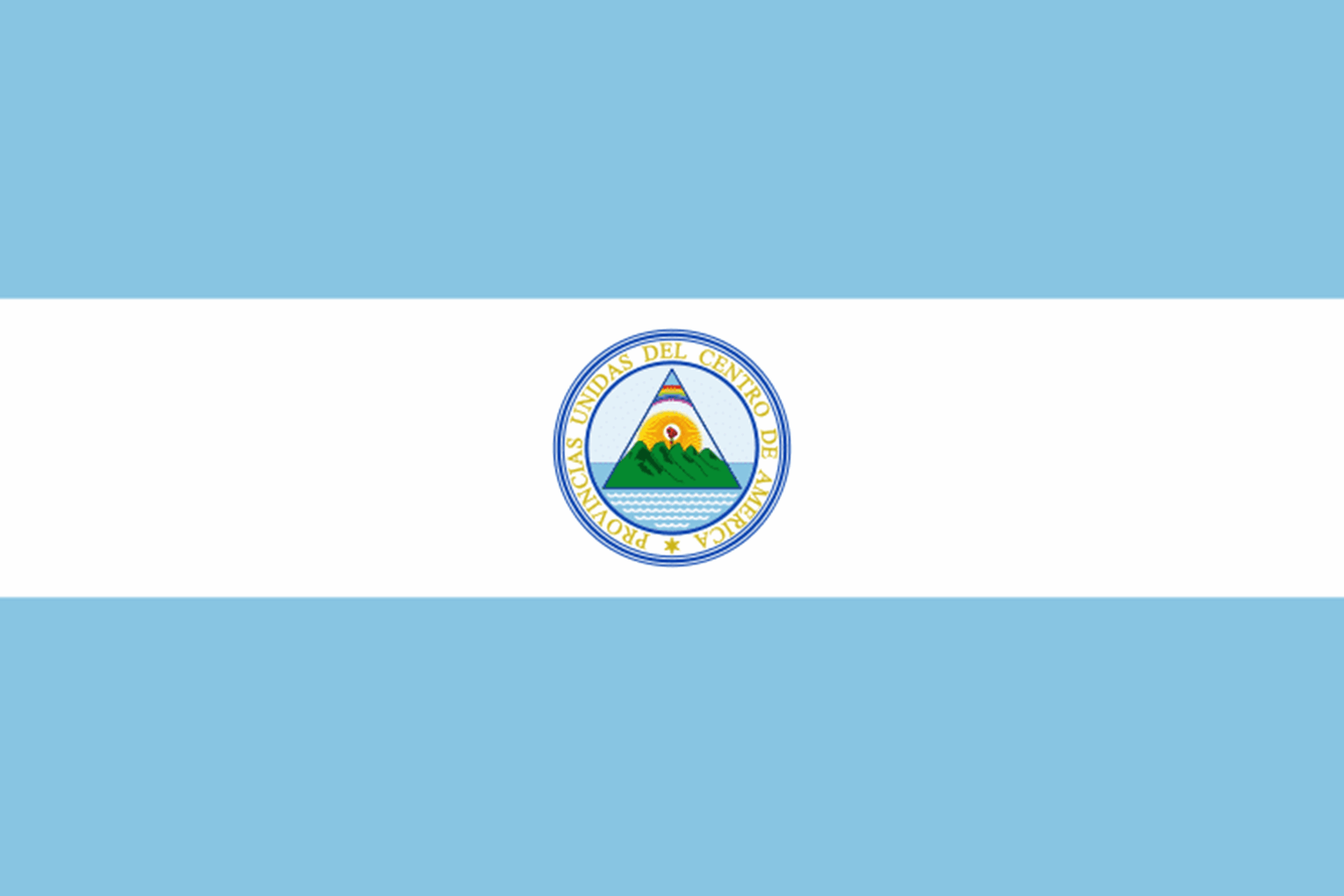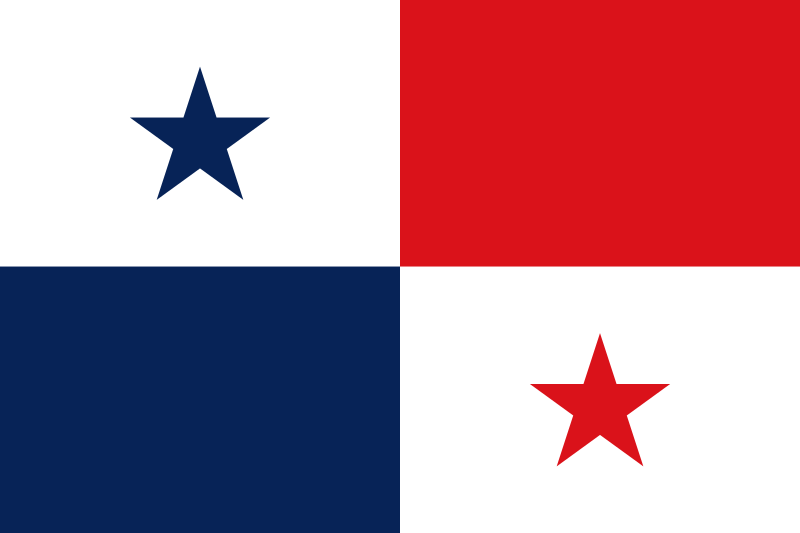The pure and clean air of Costa Rica makes for a great atmosphere to grow coffee.
Costa Rica’s history is inextricably linked to coffee production: in fact, on the eve of the country’s independence from Spain, in 1821, free coffee seeds were distributed by the local government as a means of promoting coffee production to bolster the economy. Since it was first shipped to England in 1843, coffee has been one of Costa Rica’s key exports (it was, in fact, the ONLY export until 1890) and is linked to Costa Rica’s identity in a way that no other agricultural product is. The country’s producers were also some of the first ‘responders’ in the global movement towards quality in the cup; nonetheless, as recently as the 1980s, specialty coffee was barely understood, and Costa Rica’s production was largely lumped together as undifferentiated SHB and HB.
View Coffees-
Place In World For Coffee Exporter15th
-
Sacks (60kg) exported annuallyApprox. 1,039,000
-
Percentage of world coffee marketApprox. 1%
-
Other major agricultural exportsPineapples & Bananas
-
Typical varieties producedTarrazú, Central Valley, Western Valley, Tres Rios, Brunca, Guanacaste, Orosi & Turrialba
-
Key coffee regionsTarrazú, Central Valley, Western Valley, Tres Rios, Brunca, Guanacaste, Orosi & Turrialba
-
Typical harvest timesOctober - March
-
Typically availableMay – July
